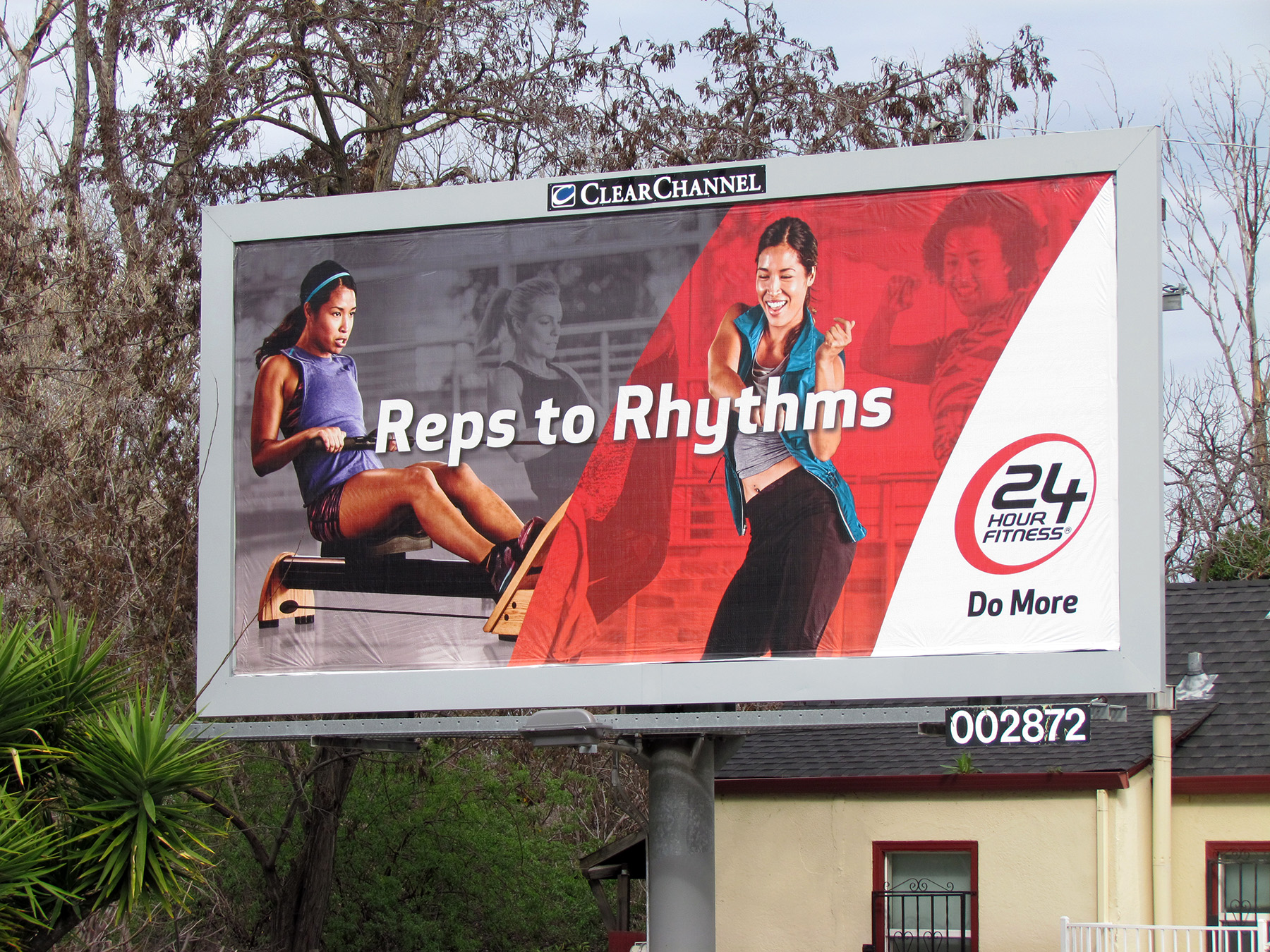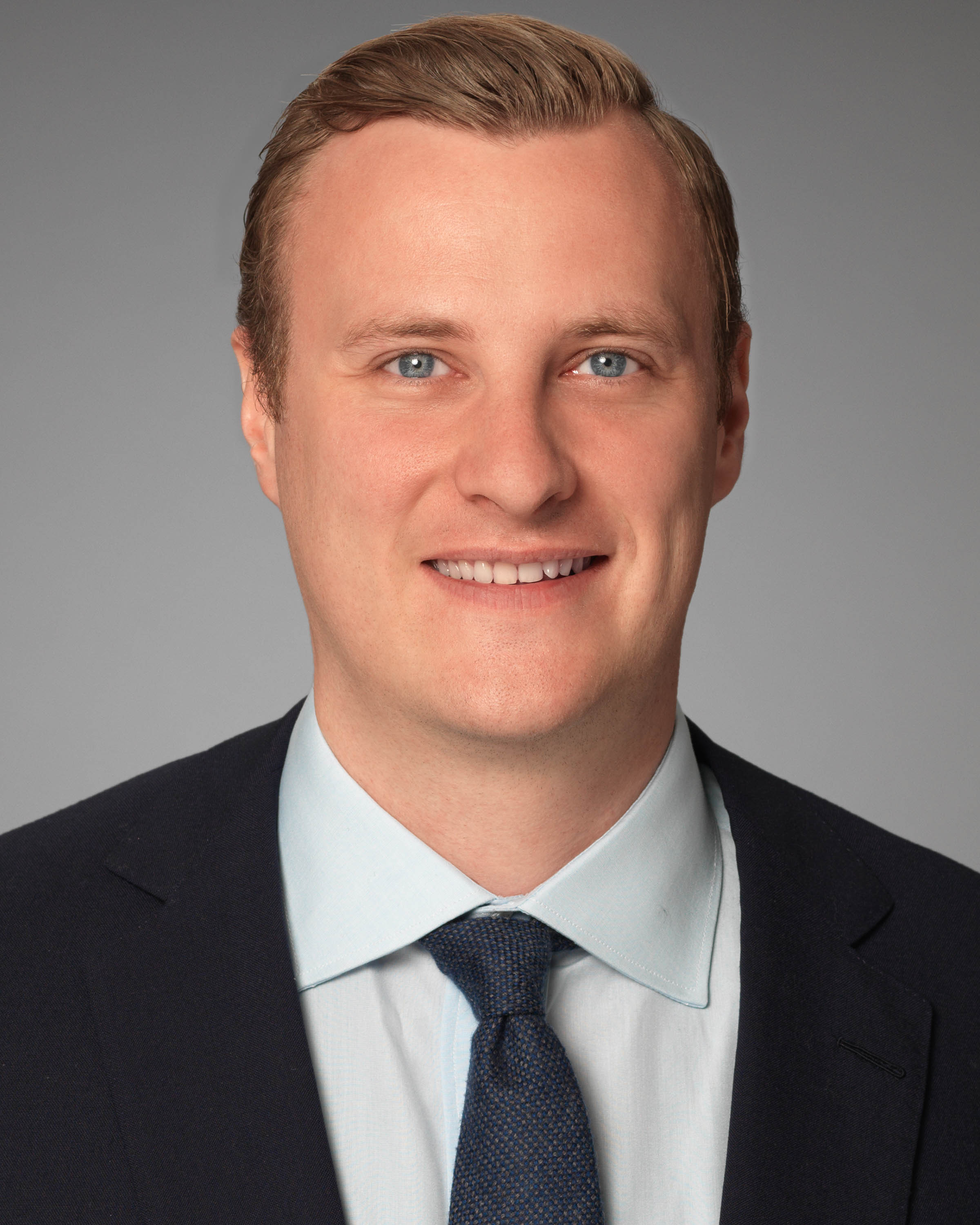Clear Channel's Andy Stevens on Perfecting Out of Home Measurement

Clear Channel Outdoor Americas has improved its RADAR OOH (Out of Home) insights and analytics tool by adding Cuebiq's real-time mobile analytics and location data. The value? Location, location, location. More technically, "location insights and footfall attribution analysis based on aggregated and anonymized mobile location data, to identify audiences exposed to CCOA's printed and digital billboards," says Andy Stevens (pictured below), Senior Vice President Research, Insights and Analytics, Clear Channel Outdoor, where he is tasked with developing strategies to drive ROI growth for the company and its clients. In this exclusive interview, he provides details on this ground-breaking initiative.
Charlene Weisler: Please give us an overview of Clear Channel Outdoor RADAR.
Andy Stevens: Here's the elevator pitch: Clear Channel Outdoor RADAR uses mobile location data to identify the audiences that have been exposed to billboards. There is complexity in how we translate anonymous aggregated location data that comes from various sources like mobile ad exchanges or directly from apps, but fundamentally the goal is to understand the viewing audience, which then allows us to offer better targeting for advertisers because we know which billboards best reach your target customer. It also allows us to deliver measureable results so we can show you what user behaviors the campaign actually generated.

Charlene: Is Clear Channel the sole partner of Cuebiq's OOH data?
Andy: Yes. They work in other sectors but we are their exclusive partner using data for Out of Home.
Charlene: What is footfall attribution? How does it work and why is it important?
Andy: It's measuring the impact that the campaign has on store visits; people physically going into stores. It's important because, despite the huge transformative growth of online commerce, 85% of what is bought is still bought offline. That's a stat from the National Retail Federation. So for marketers, being able to measure the impact their campaign has on real world store visits is incredibly important. It's particularly transformative for businesses where the location is the key signal of intent. Think about a gym; the measure is that people go there. Same for a QSR; for the most part, people visit the restaurant to buy something. We can measure that foot traffic and show if it has been driven by exposure to an OOH ad.
Charlene: What has been the benefit of adding Cuebiq?
Andy: When we rolled out Clear Channel Outdoor RADAR early last year, we knew the location data landscape would continue to grow. We designed CCO RADAR to be sure that we could continue to evolve as new data sources became available and Cuebiq represents the next generation of location data. They not only have large scale data -- about 60 million devices -- but the data is persistent. They continually measure location data so they know where those devices are. That's really important for OOH because we need to be able to understand if someone definitely went past a billboard to be able to measure the performance of the ad against them.
So let's say you are driving from Manhattan to Jersey City and you didn't open an app on your phone. Traditional location data sources relied on the ad calls from apps, so we wouldn't have known that that person made that journey if they didn't open up an app when they got there. With Cuebiq we now have a persistent anonymized data source at much greater scale than we ever had before. And we now offer more martkets, more detailed metrics -- cutting the results by demographics, time of day, day of week -- and we receive the results more quickly. In the past we worked on a two to three week turnaround. Now it is two to three days and we have lower costs.
Charlene: Can you give an example with an advertiser?
Andy: Let's take that gym example: A 24 Hour Fitness campaign used location data in two different ways -- for planning purposes and for attribution. For planning, they had two target audiences -- current 24 Hour Fitness customers and competitive gym customers. We used RADAR data to identify which locations best reached those targets and then identifed the best billboard locations in L.A. and San Francisco for a highly targeted campaign. The measure of success was whether we could drive more visits to the gym for both target groups. After the eight week period of the campaign we measured footfall attribution comparing those who were exposed to the ad and those who were not. We saw a 248% lift in visits. That is really impressive!
Charlene: Will this help facilitate cross platform measurement and, if so, how?
Andy: We absolutely have our eye on that. Marketers need to better understand not just each channel in a silo but how the entire marketing mix impacts performance. The Cuebiq data is a big part of that because it gives us sufficient scale to be able to sync anonymous mobile ad ids with third- party data sets. That's how digital advertising is measured. We are putting OOH on the same playing field.
Charlene: What are some areas that still need to be added to your system?
Andy: We're continually adding more metrics and more behaviors into CCO RADAR. But we don't identify people as specific individuals. We use the anonymous mobile ad id which brings us into the digital data ecosystem. This is how digital advertising has been so successful because it uses anonymous ids. The first behaviors we looked at with CCO RADAR were offline behaviors. Going beyond footfall, we can now measure tune-in or understand what apps they may use by interfacing with third-party data sets to enhance our targeting capabilites.
Charlene: How many markets do you reach?
Andy: We're in 43 of the 50 largest markets in the United States, and in 140 airports, and that includes street furniture and roadside inventory. But we can't measure moving ads, such as on a bus, because they change location.
Charlene: Where do you see OOH measurement three years from now?
Andy: We know we have great OOH locations and we know we can provide excellent targeting with the largest creative formats -- all of the inherenet benefits of out of home. What has held us back in the past is that people couldn't measure outcomes and lacked the sophisticated analytics and behavioral intelligence to establish where to buy. Today we can connect all of the technologies that are being used to measure advertising performance across the board. The more we can do that in the future the closer OOH will be to the level of digital adverising. We already have a programmatic component for our digital inventory. We will continue to do that to make advertising easier and easier to buy.
Click the social buttons above or below to share this story with your friends and colleagues.
The opinions and points of view expressed in this content are exclusively the views of the author and/or subject(s) and do not necessarily represent the views of MediaVillage.com/MyersBizNet, Inc. management or associated writers.


